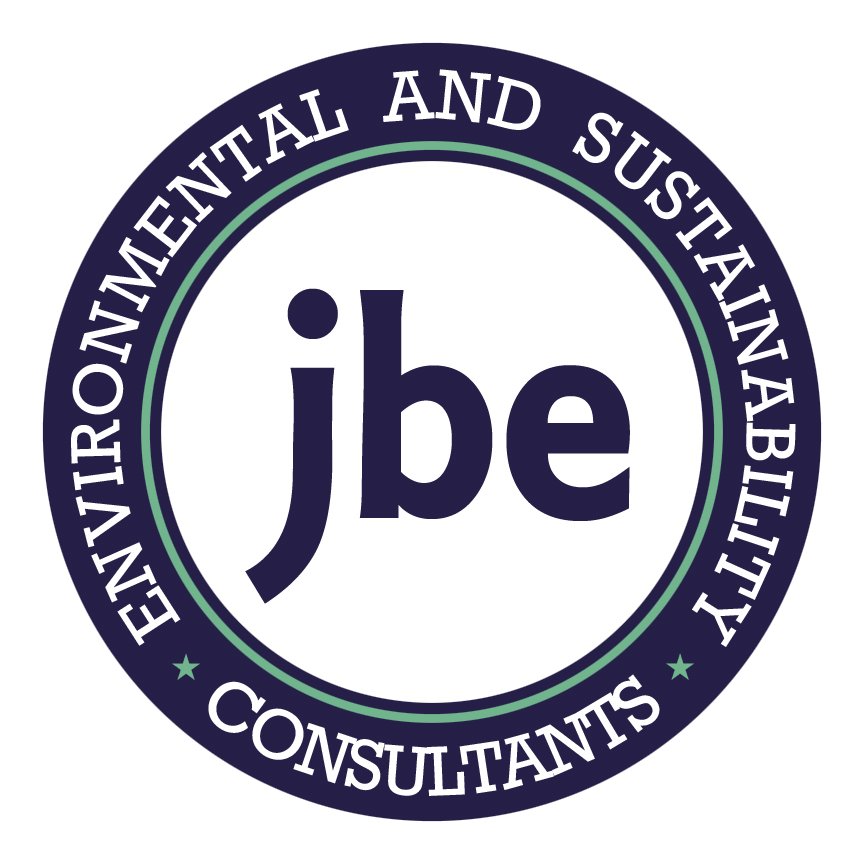Company Wide Life Cycle Analysis
What
Development of a life cycle assessment (LCA) for all products the company makes without differentiating between products by examining
the sum of purchased raw materials
product use by product group,
and end-of-life based on where the products are sold
This effort may or may not include assessing impacts from the company's own operations depending on whether these may already have been quantified.
This is most insightful if a cradle-to-grave approach is elected. Environmental impacts will likely include greenhouse gas emissions, water use, renewable and non-renewable energy, and may also include other impacts such as land use change, resource depletion and toxicity.
Why
Response to internal or external stakeholders seeking to appraise the company's ongoing efforts to reduce its environmental impacts, which would need to be based on an initial assessment of the impacts.
This approach is commonly used to provide data that will drive various ESG-reportable actions and it is an important part of meeting CDP reporting expectations.
How
The approach will depend on which of the 15 classifications of Scope 3 (indirect) environmental impacts will be investigated.
For consumer products companies, an initial pass may focus on a subset of the 15, for example 1 (raw materials), 11 (use of sold products) and 12 (end of life treatment of sold products).
Often the company's procurement system (e.g., SAP) will provide raw materials spend and quantity data, and other related systems will document product sales by country or region.
Impact
The process will result in:
An ability to identify hotspots in impacts including potentially identifying differences in supply sources for specific raw materials of particular concern
Identification of storytelling opportunities for identified best practices or improvements; and
Provide a basis for identifying priorities and potential benefits from various changes that could alter impacts in the future.
